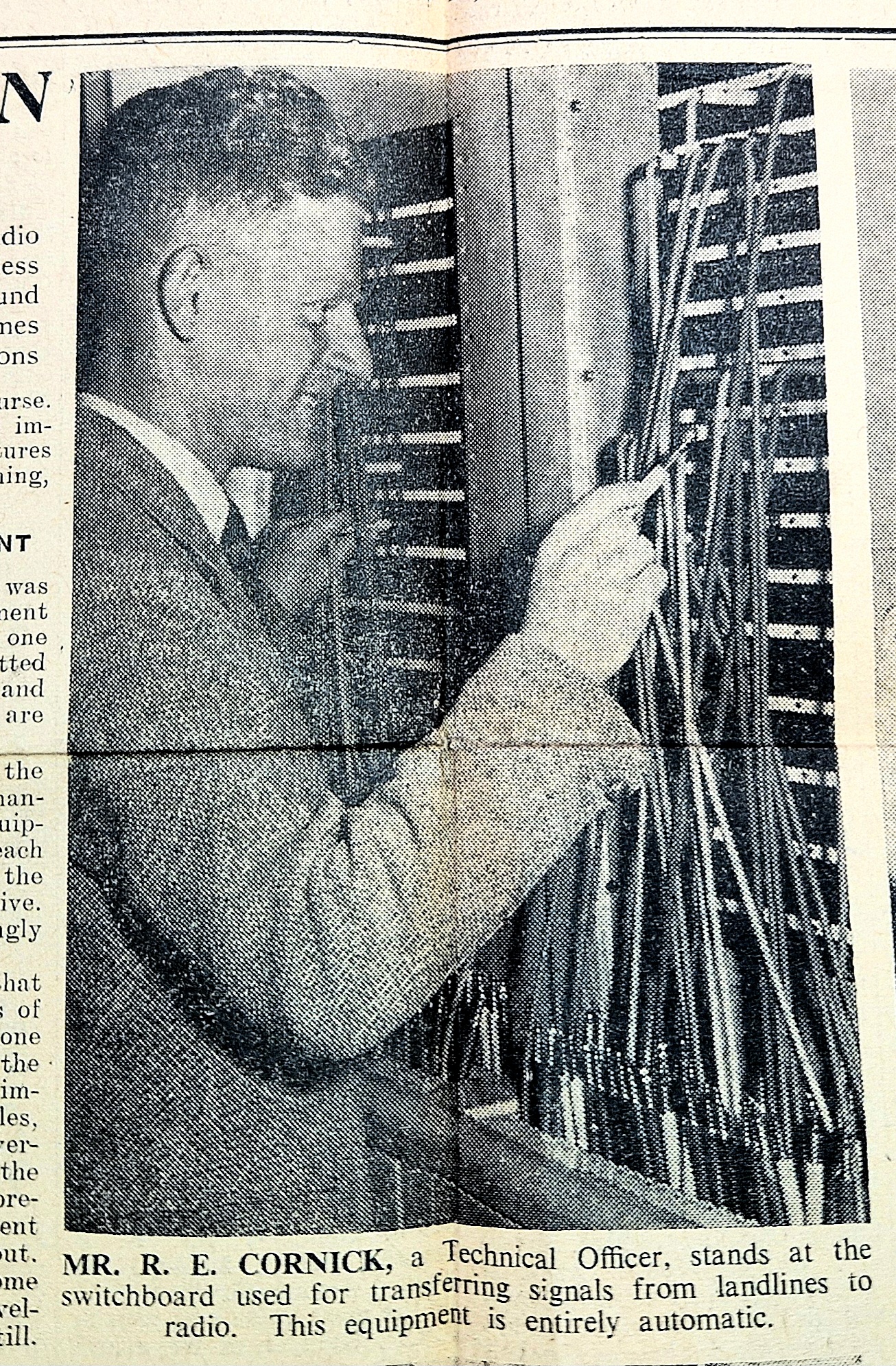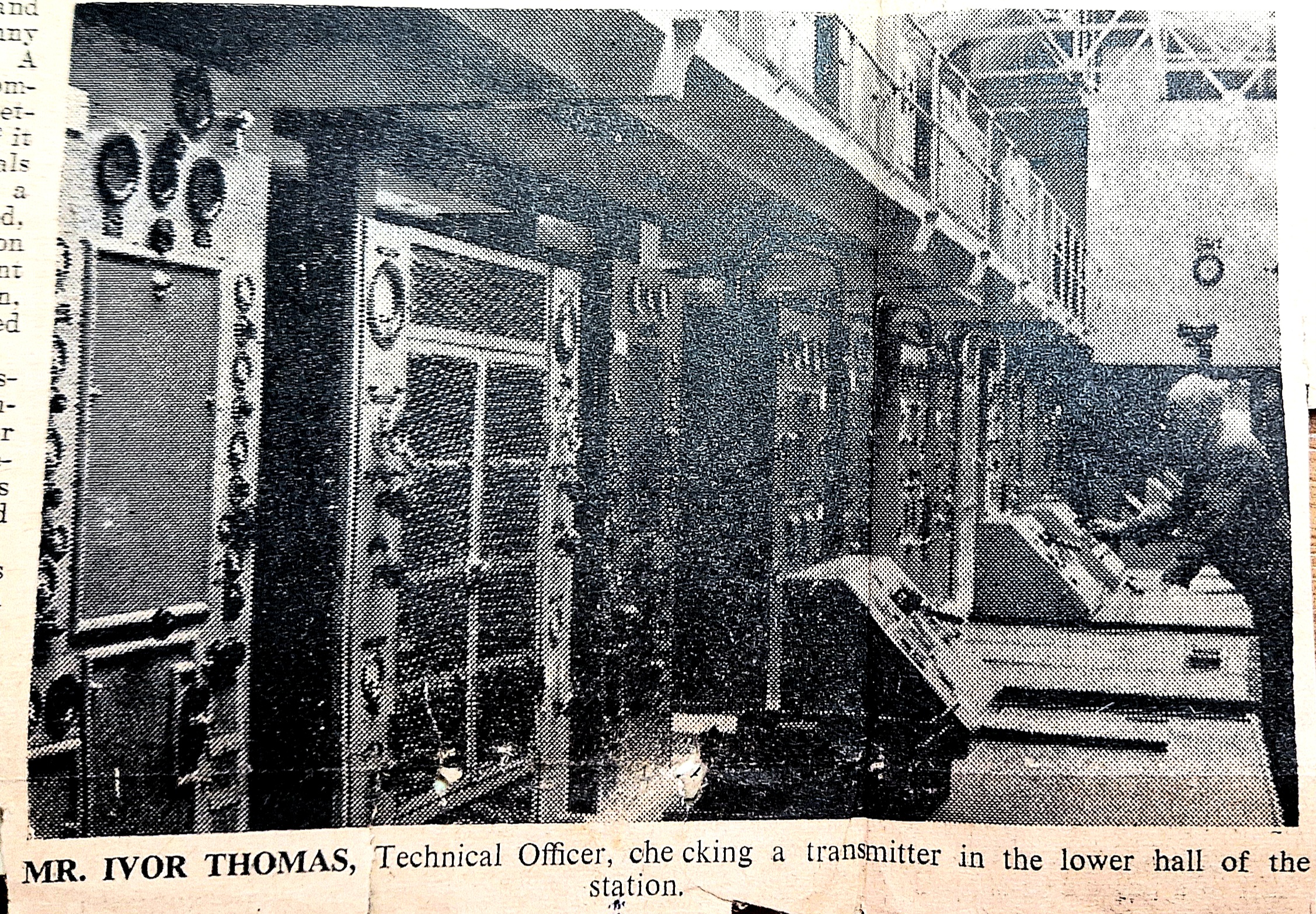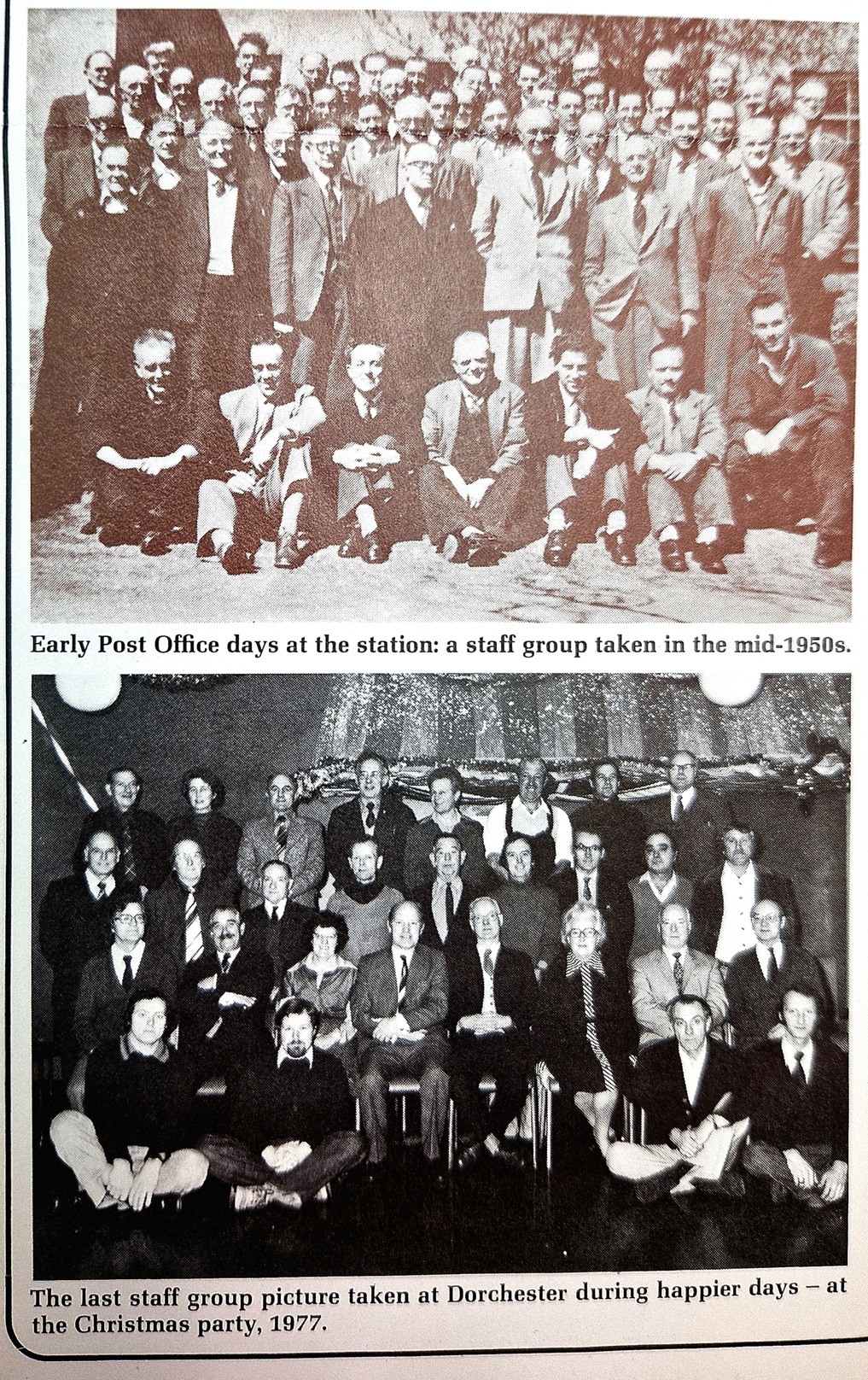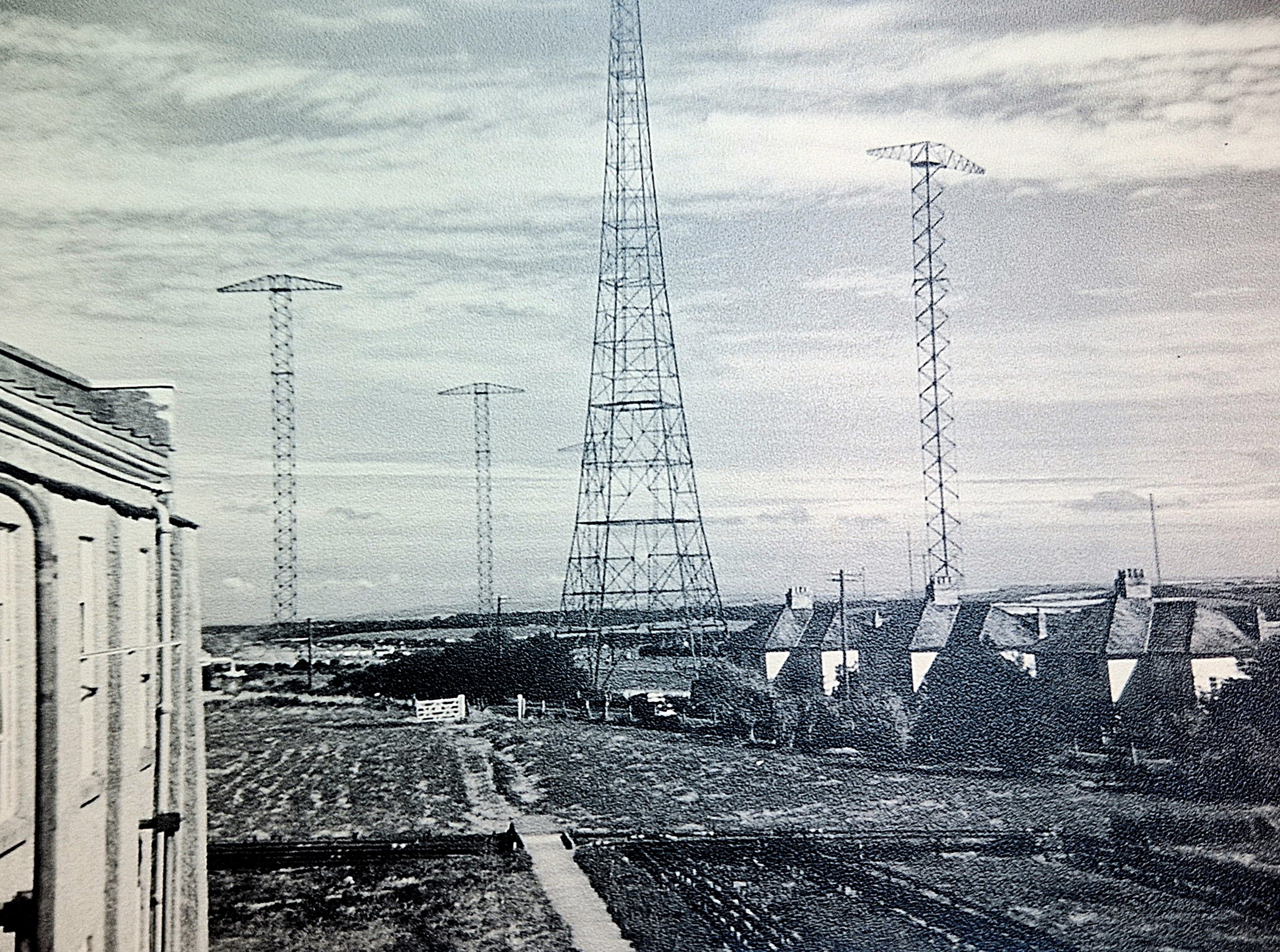What is World Radio Day?
Earlier this month, the 13th February marked ‘World Radio Day’. First designated by UNESCO (United Nations Educational, Scientific and Cultural Organisation) in 2011, this international day celebrates radio as “one of the most dependable and widely utilized forms of media in the world” (UNESCO). World Radio Day celebrates radio’s ability to disseminate information, support local populations, and promote local voices.
Dorchester’s own radio station

In September 1956, the Dorset County Chronicle reflected on the relationship between technology and the media. They reported:
“Some years ago it was a great event to see in one’s daily newspaper a picture taken the day before in a foreign country. Underneath would appear the words – ‘This is a radio photo.’ But now [the] public and newspapers accepted such pictures as a matter of course. The public expects to find important foreign news pictures in its paper the next morning, and it does.”

Dorset was directly connected to this new radio technology. Following the construction of a radio ‘beam’ on Bridport Road in 1925, Dorchester’s very own radio station was established. “Dorchester radio station was one of the first to experiment with this new system,” claimed the Dorset County Chronicle. Wirelessly transmitting a photograph (or a negative) from one place to another meant transferring the negative into “two frequencies” that were black and white. Between the two were the “semi-tones” (DCC). From there, an anonymous magazine clipping suggests, the system “concentrated radiated energy into a narrow beam” such as the one constructed on Bridport Road. The receiving equipment would then interpret the frequencies back into a negative to be used, for example, in local newspapers (DCC).
After interviewing Mr. Richards (the Manager Engineer’s Deputy), the Dorset County Chronicle discussed advancements in radio technology, particularly the transition from manual to automatic transmission. The article writes that “a machine will translate a combination of signals into a letter, and print that letter. If it doesn’t understand the signals it is receiving it will send a message back to the other end, and there will be a correction immediately”.

Dorset locals were directly connected to this developing technology. As a local employer, the station recruited “local labour, including youths from grammar schools who […] gained their G.C.E. with emphasis on maths and physics”, offering candidates training programs within the technician trade (DCC). According to writer Peter Austen, at its peak between the 1950s and mid-1960s, “up to 130 people were employed” by the station.

Ownership of the radio station changed over the years. Austen’s article informs readers that the radio station was originally run by the ‘Marconi Company’ before it was acquired by ‘Cable & Wireless’ in 1934. After acquiring the assets of ‘Cable & Wireless’, the Post Office came to own the station sixteen years later in 1950. The Post Office’s ownership of the station in the 1950s also saw the station’s greatest staffing numbers.
Being one of four transmitting stations across the country (DCC), Dorchester radio station had international significance. Austen highlights that “the station’s original service was to New York, followed soon after by a route to South America.” By the end of 1928, the station had radio connections as far as Japan and Egypt. Dorchester radio station also had a role in domestic services. Government and commercial traffic, as well as private messages and news pictures, were transmitted from the station (DCC).
The end of an era
As many readers may have recognised, there are now no radio beams dominating the landscape of Bridport Road.

After fifty-two years of service, Dorchester radio station closed. The radio station had been preparing for its closure after Ongar Radio in Essex was chosen for re-equipping over Dorchester (Austen).
According to Austen’s article, the last of the ‘beam’ aerials had been taken down by 1966. He continues, “…since 1971, apart from Press services for Associated Press, all the transmitters have been used for long-range maritime telegraphy services.” Whilst the dismantling of the forty-nine masts continued to employ some of the station’s staff, other Dorchester staff were transferred to sites elsewhere.
It is strange to think that the beams once described as “stark against Dorchester’s skyline” or as impressive “giants” (DCC) are now no more. Poundbury, which now surrounds Bridport Road, did not begin construction until sixty-eight years (over half a century!) after the construction of the first radio beam. Here, Dorchester offers an example of how much a local landscape can change within someone’s lifetime.
Although now in the past, Dorchester radio station’s role in the transfer of information and images both domestically and internationally demonstrates the importance of Dorset to radio and its history.
Sources
UNESCO World Radio Day: https://www.unesco.org/en/days/world-radio?hub=66636
“Dorchester Radio Station – Radio Photo Pioneer”. Dorset County Chronicle, Thursday 13th September 1956. D-3369/3/1.
“After 52 years ~ Dorchester Radio closes”. Unknown magazine clipping of an article by Peter Austen. D-3369/3/1.
“Radio Masts, Dorchester Radio Station”. April 1948. D-3369/2/2b.
“Radio Masts, Dorchester Radio Station”. Circa 20th century. D-3369/2/1.


Thankyou – I’m sure this will answer many local people’s queries as to why the area beyond Dorchester’s Monkey’s Jump roundabout is often referred to as the Radio Station.
Dorset also had the masts and massive overseas broadcasting equipment of ‘Radio Hill’ at Rampisham , as shown in this record at DHC https://archive-catalogue.dorsetcouncil.gov.uk/records/D-1857/4/3